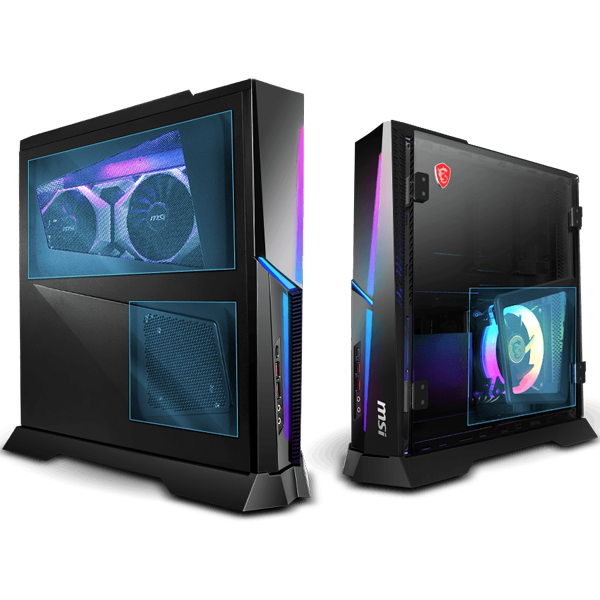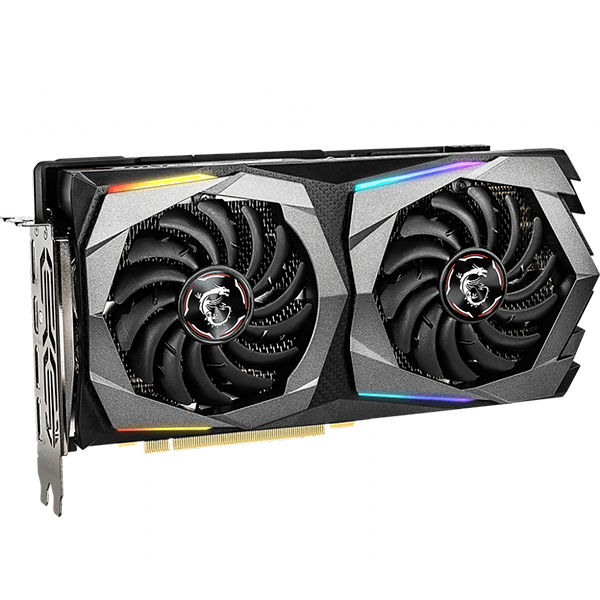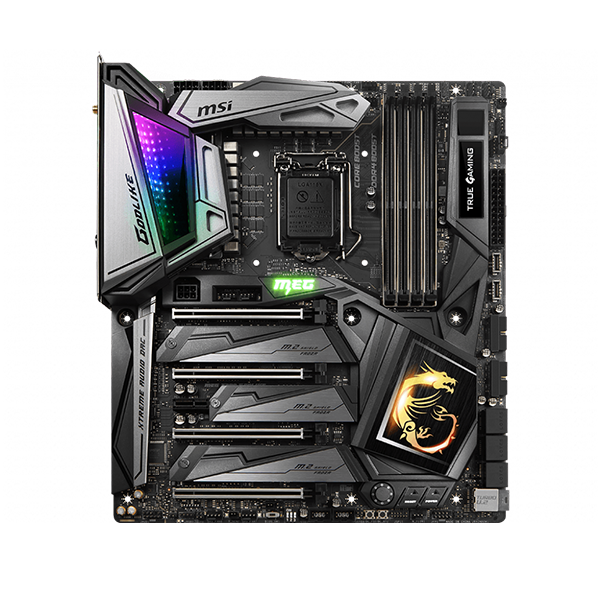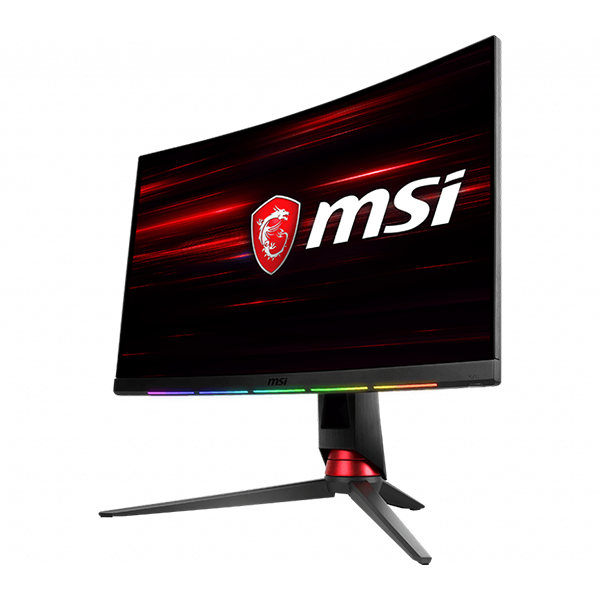[Notebook] Laptop Screen Flickering
If your laptop screen is flickering, please refer to the following solutions.
- Issues with the Graphics Card Driver
- Screen Flickering While Running Specific Programs
- Memory Compatibility Issues
- Restore the BIOS Settings
- EC Reset
- Update BIOS
- Perform System Restore
Issues with the Graphics Card Driver
If the screen flickers or displays abnormally after updating the graphics driver, it is likely due to a graphics driver issue. Please uninstall the current driver and download the corresponding driver for your model from the MSI website.
Note: The drivers on the MSI website have been verified for compatibility and stability for that model.
1. In the computer’s "Device Manager," find the "Display adapters," then right-click the laptop graphics driver and left-click "Uninstall device."

2. After deleting the driver, go to the MSI website, click the magnifying glass icon in the top right corner, and search for your model name, e.g., "Raider 18 HX A14VIG," and press "Enter" to search.

3. Find the desired model and click on "Downloads."

4. After entering, select your model number and it will jump to the home page."

5. Select "driver," choose the corresponding operating system from the sub-options, and a driver options box will pop up. Click the driver you want to download, then click "Download."

6. After downloading, run the setup.exe file and install the graphics driver.

Screen Flickering While Running Specific Programs
If the screen flickering only occurs in specific applications, it may be due to incompatibility between the application and the graphics driver, improper program settings, or other software conflicts. It is recommended to update the software to the latest version and check the relevant settings.
If the application supports hardware acceleration, try disabling this feature to see if the flickering issue is resolved.
Memory Compatibility Issues
If you have recently replaced or expanded your memory, it may cause screen flickering or display abnormalities. It is recommended to revert to the original factory hardware configuration or take the laptop to a repair center for service.
Restore the BIOS Settings
If you have recently changed BIOS settings, please refer to [Notebook] How to Restore BIOS Settings. It is recommended to restore the BIOS to factory settings and check if the screen issues are resolved.
EC Reset
Please refer to [Notebook] How to Reset Embedded Controller (EC reset) to reset the EC of the device and then confirm whether the problem is resolved.
Update BIOS
If the above methods do not resolve your issue, please refer to [Notebook] How to update BIOS? to update your BIOS to the latest version. After updating the BIOS, check if the problem is resolved.
Perform System Restore
If the problem still persists, please refer to [Notebook] How to restore the default factory system through F3 Recovery? to perform a system restore to its factory settings.
If you have tried the above troubleshooting methods and still cannot resolve the issue, please reach out to the MSI customer service center for further assistance.
Reference Information and Related Articles
[Notebook] How to Restore BIOS Settings
[Notebook] How to Reset Embedded Controller (EC reset)
[Notebook] How to update BIOS?
[Notebook] How to restore the default factory system through F3 Recovery?




